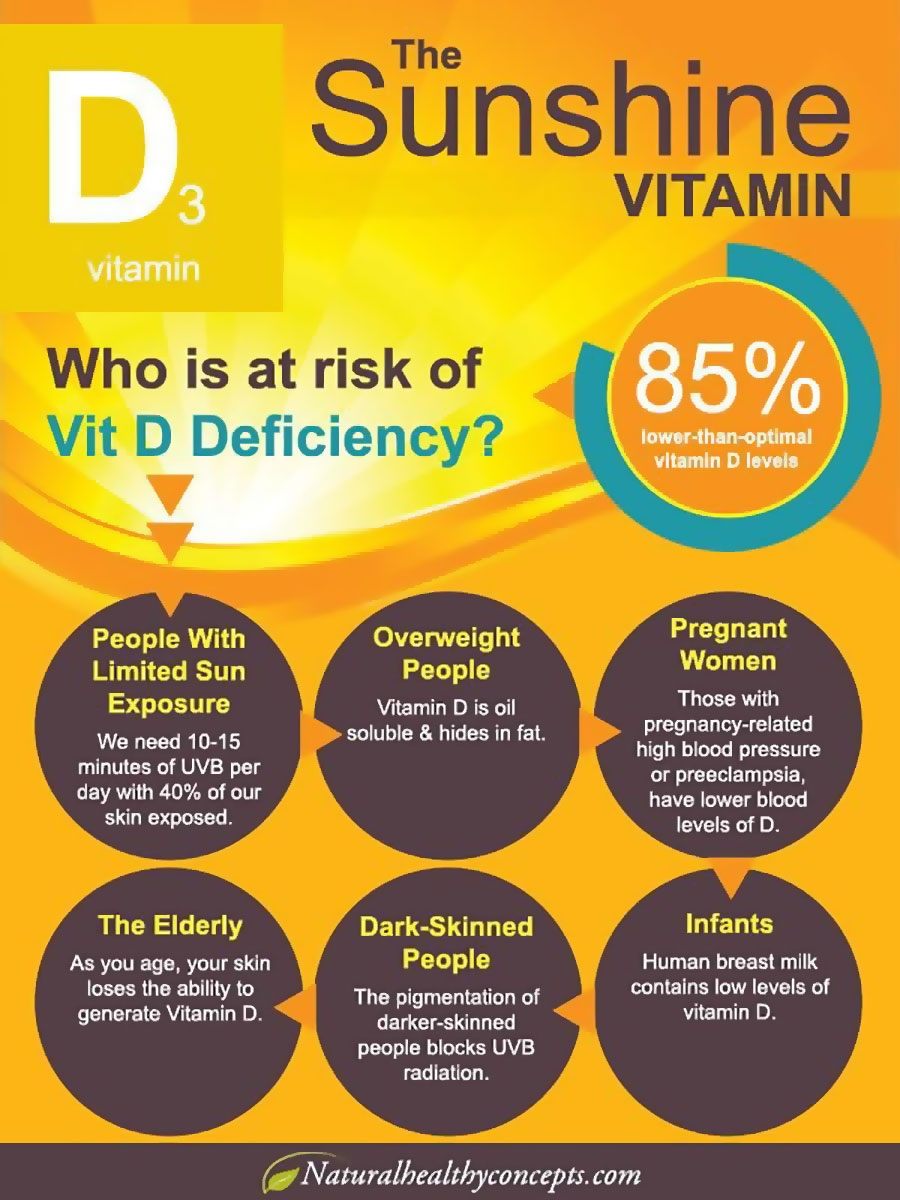Vitamin D deficiency is usual in Americans, and particularly in overweight and obese teenagers, as reported by the National Institutes of Health. Researchers have discovered that giving obese teenagers a high daily dosage of vitamin D supplements (vitamin D3) is safe and also effective in boosting their vitamin D status.
Obese teenagers have a greater risk for deficiency as they usually absorb vitamin D into their fat stores, which in turn stops it from being used in their blood. The researchers discovered that a daily dosage of 4,000 IUs of vitamin D supplements, the highest intake amount set by the Institute of Medicine, is both effective and safe at boosting vitamin D status in obese teenagers.
Vitamin D is acquired by consuming a number of foods, taking vitamin D supplements as well as by means of sunlight exposure. It is vital for having healthy bones, nerves, muscles and immunity. The Institute of Medicine recommend 600 IUs daily, with a tolerable upper daily allowance of 4,000 IUs. Using the guidelines, it’s essential to determine the effects of a vitamin D dose that is equal to the upper limit, particularly in groups like obese teenagers.
In the study, participants were randomly chosen to get a placebo or 4,000 IU/day of vitamin D supplements for 6 months as part of their normal treatment. All obese participants were at first deficient in vitamin D status. Participants taking vitamin D supplements had significantly higher increases in levels of 25OHD, the primary indicator of vitamin D status, in comparison to those who had been given the placebo.
Obese teenagers are only about 50 % as efficient at utilizing vitamin D as their lean counterparts. As an example, in lean teenagers it takes only about 100 IUs to elevate their serum 25OHD levels by 1 ng/ml. In obese teenagers, it requires about 200 IUs to get the same increase
If obese teenagers only had the recommended 600 IUs, they’d be in trouble, said the researchers. It requires 4,000 IUs to increase their vitamin D status inside a sufficient range. This is a lot higher than the currently proposed daily amount in this age group. This suggests that physicians should carefully assess the vitamin D status in their obese and overweight patients.

Image Source – naturalhealthyconcepts